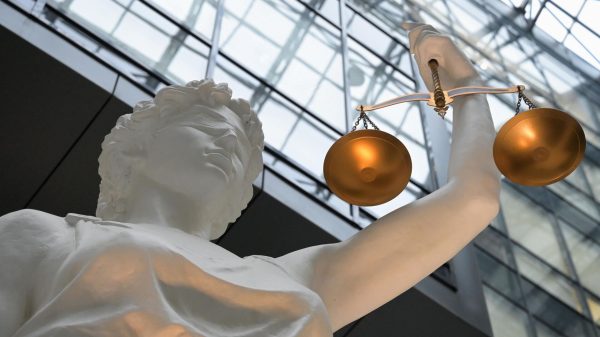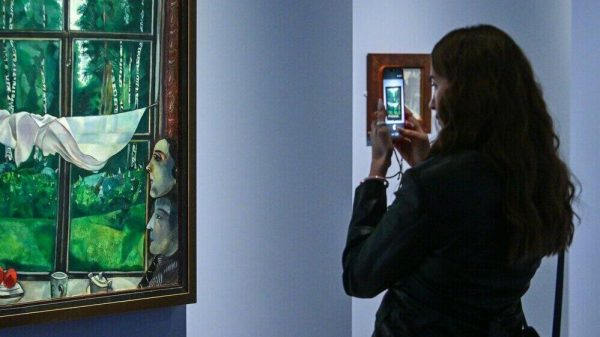Mysterious petroglyphs have captured the imagination of scientists
Scientists say mysterious symbols found next to footprints shed light on ancient people's knowledge of dinosaurs. These carvings, called petroglyphs, are shaped like stars or circles with internal divisions on a rocky outcrop where sauropod dinosaur tracks were found at the site of Cerrote do Letreiro in the Brazilian state of Paraiba.
 Photo: freepik.com
Photo: freepik.com
A new study finds that prehistoric people in Brazil carved rock designs next to dinosaur tracks, suggesting that they may have found them meaningful or interesting.
The cave paintings, which archaeologists call petroglyphs, are located in a place called Cerrote do Letreiro in Paraíba, an agricultural state on the eastern tip of Brazil, CNN reports. Researchers first noticed these tracks in 1975. But they are now being interpreted as representing the footprints of prehistoric reptiles after recent field studies using drones revealed previously unseen patterns. The tracks belong to dinosaurs of the Cretaceous period, which ended 66 million years ago.
“People usually think that the indigenous people were unaware of their surroundings or did not have any scientific spirit or curiosity,” said study co-author Leonardo Troiano, an archaeologist at the Institute of National Historical and Artistic Heritage in Brazil. «But this is not true. It is clear that they are interested in the footprints. We will never know if they knew about dinosaurs, but it is clear that they were interested in the prints and thought they had some significance.”
The Cerrote do Letreiro petroglyphs are not the first examples of rock art to be found alongside dinosaur prints, but the study authors said they believe the unprecedented clarity of connections between them at this particular site could have significant implications for paleontology, archeology and cultural studies. heritage, notes CNN.
It is unclear how long ago the petroglyphs were made. But a study published in March in the journal Scientific Reports noted that radiocarbon dating showed the burials in the area to be between 9,400 and 2,620 years old, suggesting that the tribes who left them must have lived during that time.
“These people probably lived in small communities, taking advantage of the natural rocky shelters that are abundant in the area,” Troiano said.
“This region in Brazil is similar to the Australian outback — it is very hot and there is no shade , so standing there and carving the stone is not easy. It takes a lot of effort, so when they chose this location, they were very deliberate,” he added. “They could have used many other rock outcroppings in the area, but they chose this one.”
The drawings vary in style, suggesting that several artists may have had a hand in them. Some are shaped like plants, while others resemble geometric shapes, including squares, rectangles and circles. Inside the circles are crosses or lines that can look like stars, Troiano says. However, what these signs mean remains a mystery.
“They all seem abstract, and if they meant something to the people who made them, we don’t know what,” he said.
The footprints at Cerrote do Letreiro are of three types dinosaurs: theropods, sauropods and ornithopods. Researchers suspect that the people who carved the rock may have mistaken some of them for the tracks of rheas, large native birds similar to ostriches, whose tracks look almost identical to those of theropod dinosaurs.
It's hard to imagine what prehistoric people might have thought of the sauropod prints, which were some of the largest plant-eating dinosaurs that ever lived, and therefore unlike any animal they were familiar with. This is likely why the intentional connection between the drawings and these particular prints is less clear, the study notes.
Troiano said he believes the marks may have been left during public gatherings.
< p>“I think that the creation of cave paintings was associated with some kind of ritual context: people would gather and create something, perhaps using some kind of psychotropic substances. We have a plant called jurema, which has hallucinogenic properties and is still used today,” he said. “We can assume that people used it in the past because it is very common in the region. I think they were wondering what the footprints were and I believe they identified them as footprints. They noticed that this was not accidental.”
Troiano said there are other sites with petroglyphs in close proximity to dinosaur tracks—in the United States and Poland—but they show “not nearly the same level of intentionality,” he said. Intentionality is determined not only by how close the drawings are to the engravings, but also by whether they coincide with them. If they do not match, this indicates the “thoughtfulness” of the creators, the study says.
Troiano added that he is working on a follow-up work that will look in more detail at the interpretation and analysis of the Cerrote do Letreiro petroglyphs, based on the results of the current research.
According to Radoslaw Palonka, associate professor of archeology at the Jagiellonian University in Krakow, Poland, who worked with similar petroglyphs but was not involved in the study, the direct connection of the paintings with dinosaur fossil tracks is unique and may shed more light on the importance, meaning and significance of the rock paintings.
“The fact that the sites of the rock art were deliberately chosen is evidenced, among other things, by the fact that the communities that created the rock art or petroglyphs often placed them very close to older images left by other cultures,” Palonka said e-mail. “This was the case in various parts of the world where rock art was practiced, and this is very evident, particularly in the Southwestern North America/Southwestern United States, where my research interests are concentrated.”
According to Troiano, this petroglyph is the most visible at the excavation site. The circle is divided by lines and is large in size.
Jan Simek, professor emeritus of anthropology at the University of Tennessee at Knoxville, agreed. “The paper provides an interesting new example of how ancient people observed fossils in the field and incorporated them into their religious experiences and interpretations,” said Simek, who was also not involved in the new petroglyph study.
“ Stanford University science historian Adrienne Mayor has shown how the ancient Greeks and Romans saw fossils as evidence of the giants and monsters of their own mythologies, and how the indigenous peoples of North America saw their origin stories in the fossils they saw scattered across the world. their landscapes,» Simek wrote in an email. «The case in Brazil is another archaeological example of this very human tendency to connect the spiritual world created in the imagination with inexplicable things in the world around us.»




















































Свежие комментарии